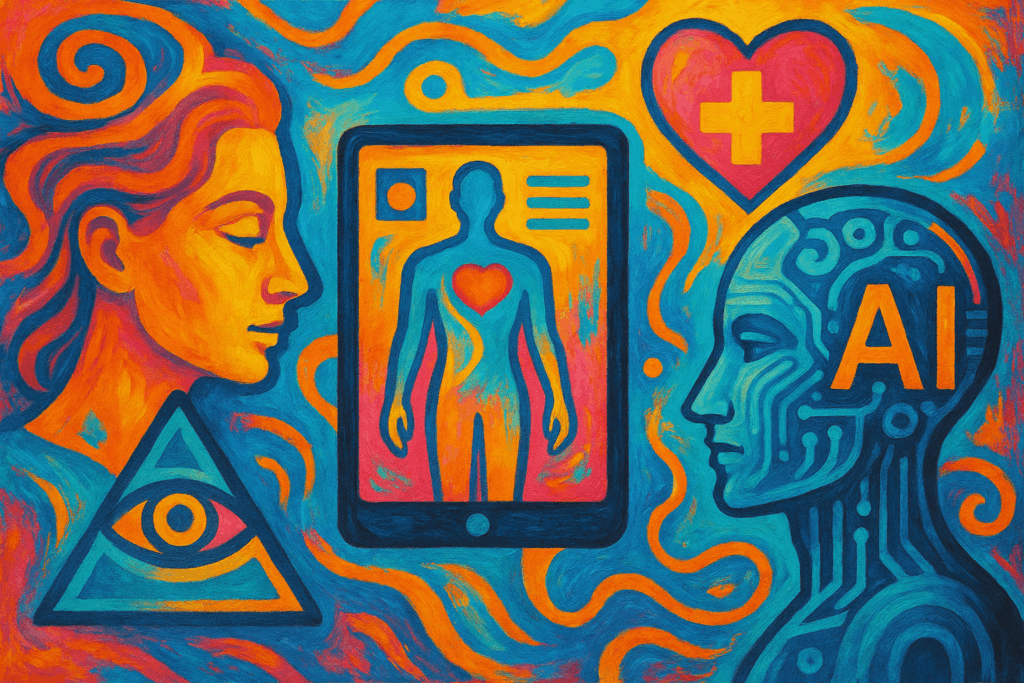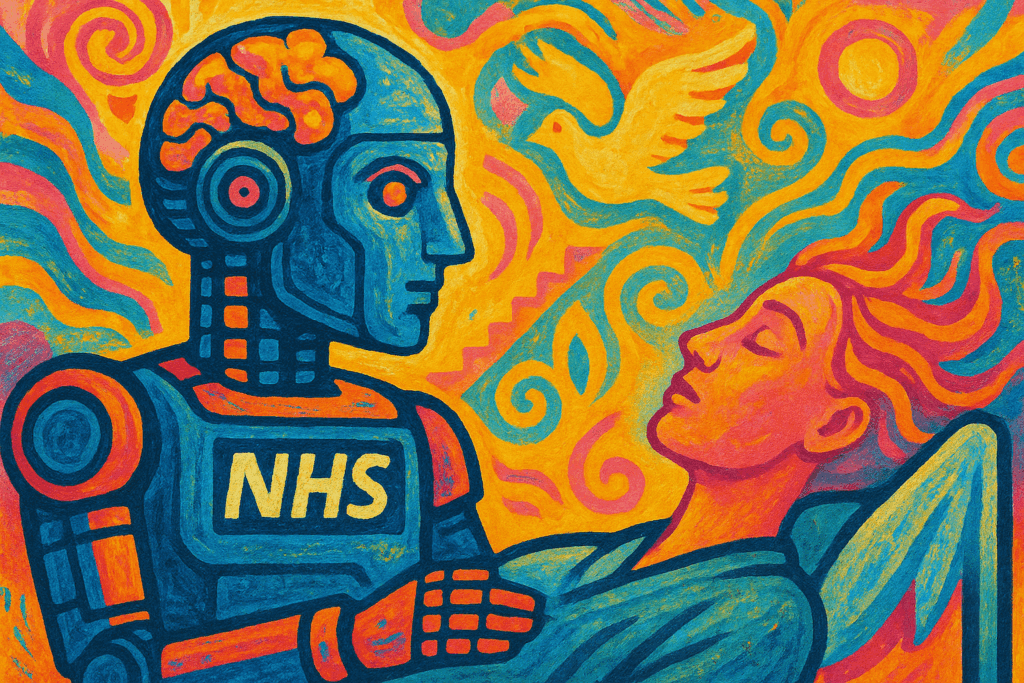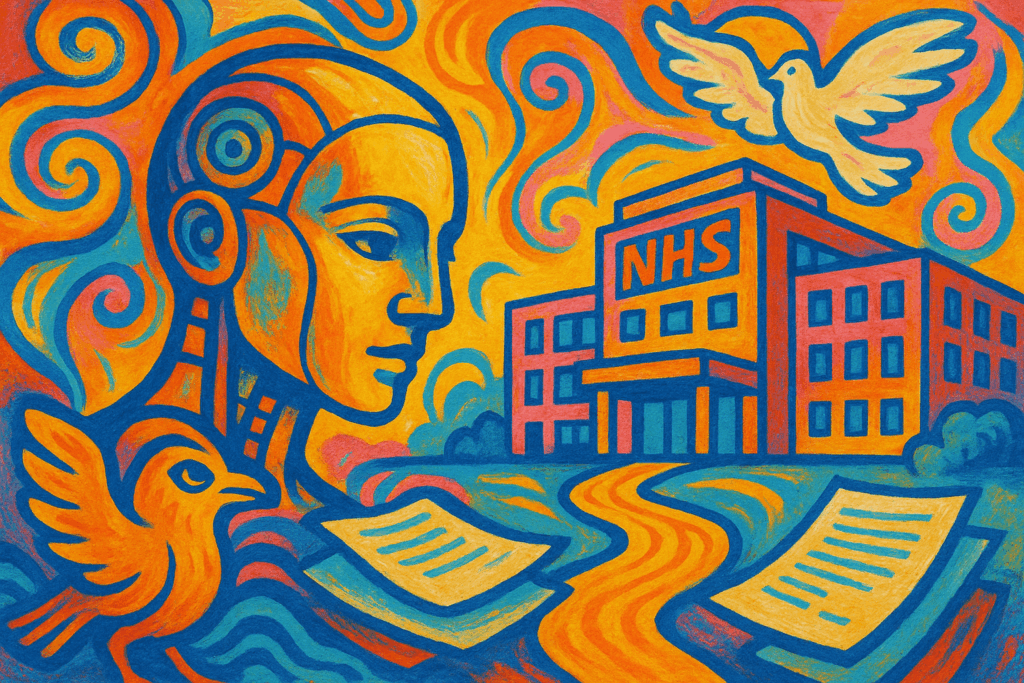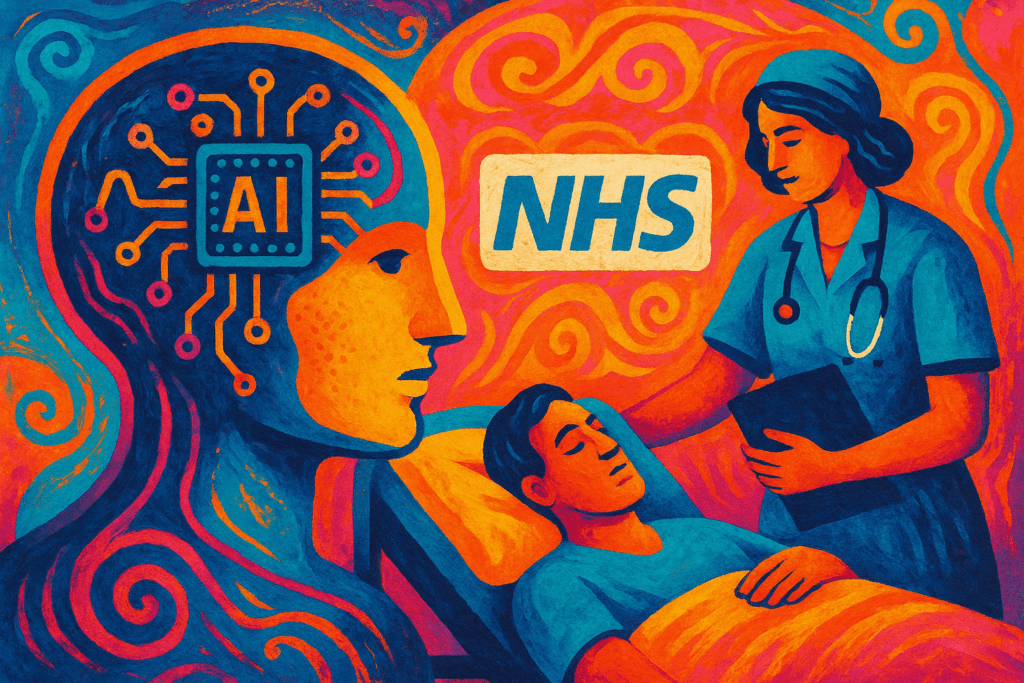AI Powers New System to Close Healthcare Communication Gaps
Healthcare communication errors contribute significantly to misdiagnoses and adverse patient outcomes. Addressing this, Virginia Tech Associate Professor Hoda Eldardiry, leading the Machine Learning Laboratory, collaborates with startup LiteraSeed Inc. to develop an AI-driven visual communication system seamlessly integrated with Electronic Health Records (EHRs). This innovation aims to reduce errors stemming from low health literacy and language barriers, ensuring critical information is conveyed clearly between patients and providers.
The Silent Crisis: Miscommunication’s High Cost
Miscommunication in healthcare remains a pervasive and costly challenge. Studies estimate that medical errors related to communication gaps result in over 250,000 deaths annually in the United States alone. Language differences and patients’ varying levels of health literacy exacerbate misunderstandings, leading to incorrect diagnoses, improper treatments, and avoidable emergency visits. Financial consequences are substantial, with hundreds of billions of dollars spent on preventable complications and hospital readmissions each year.
LiteraSeed’s Visual Solution, Integrated by AI
LiteraSeed introduces a visual-based patient communication tool designed to simplify complex medical information through universally understandable images and icons. The Machine Learning Laboratory at Virginia Tech, led by Dr. Eldardiry, employs advanced AI algorithms to integrate these visual tools directly into EHR platforms. By leveraging machine learning, the system dynamically personalizes visuals to align with patient data, language preferences, and cultural context extracted from EHRs. This data-driven approach ensures that communication is accurate, timely, and tailored for patient comprehension.
Transforming Patient Care and Provider Efficiency
The integration of AI-powered visuals within EHRs improves patient understanding, which is a known factor in reducing medical errors and increasing adherence to treatment plans. Healthcare providers benefit from streamlined workflows as the system clips unnecessary data noise, presenting essential information visually, thus saving time during consultations. Preliminary deployments report a notable decline in misdiagnosis rates and a decrease in appointment durations, which can mitigate provider burnout. This solution holds particular promise for vulnerable populations where language and literacy challenges previously hindered effective communication.
Supported by funding from the U.S. National Science Foundation, this initiative exemplifies the role of AI as a catalyst for communication advancement in healthcare. By bridging critical gaps, this collaboration sets a precedent for how intelligent systems can improve patient safety and contribute to a more efficient healthcare delivery network.




